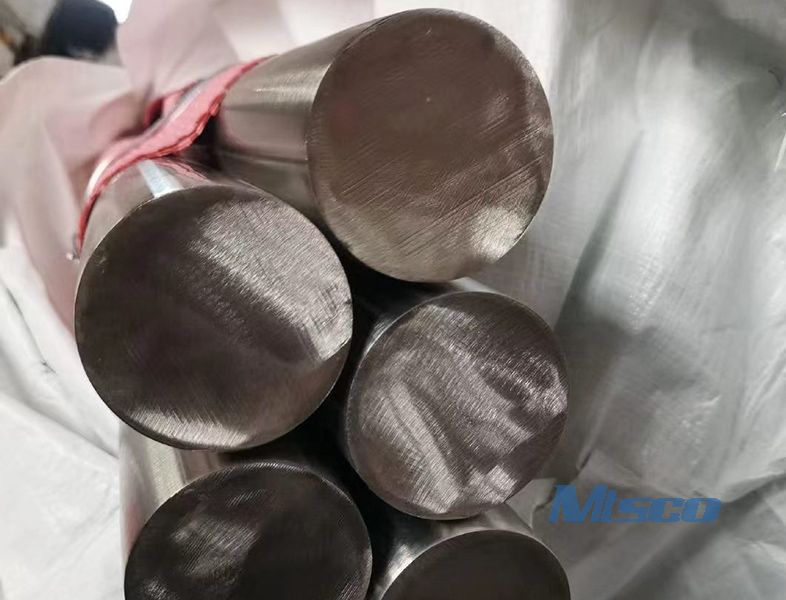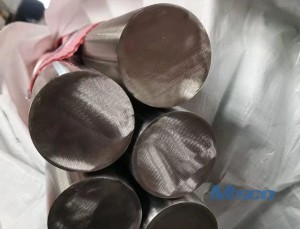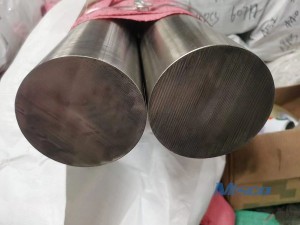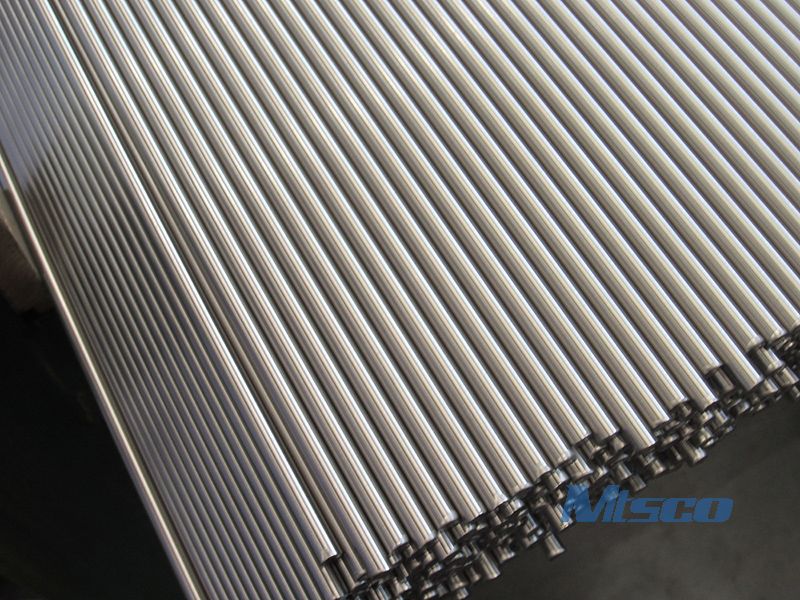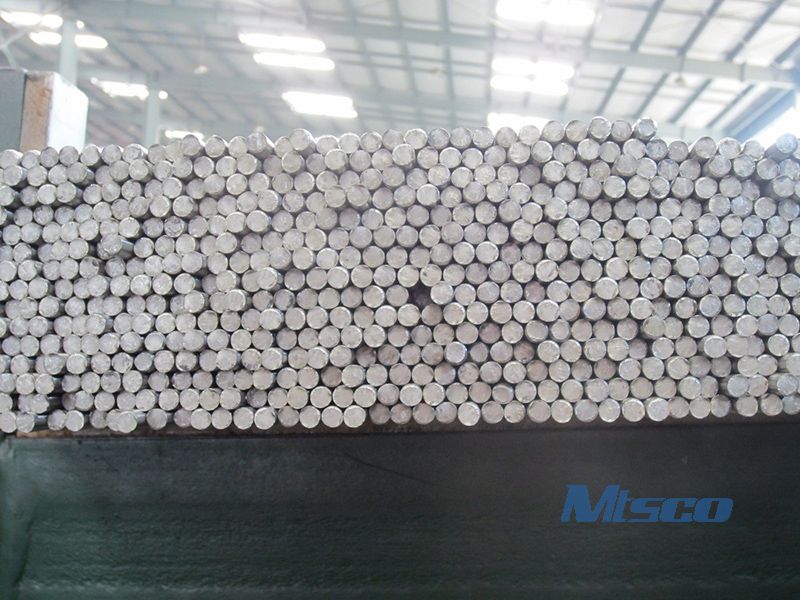| Material | Cobalt Alloy |
| Grade | Hayness188,Haynes25(L-605),Alloy S-816,UMCo-50,MP-159,FSX-414,
X-40,Stellite6B,etc |
| OD | ≥10mm |
| Length | ≤12000mm |
| Standard | AMS 5608,5772,5796,5542/ ASTM F90 ,etc |
| Surface | Black, peeled, polished, or as required |
| Type | Hot Rolled/ Forged |
| Packing | Pallet, Plywooden case, etc |
| Application | Aircraft forgings, marine forgings, weapons forgings, petrochemical forgings, nuclear power forgings, thermal power forgings, and hydropower forgings |
Advantages and Characteristics of Cobalt Alloy Bar:
Cobalt alloy bar exhibits excellent resistance to high temperatures, maintaining its mechanical properties and resisting oxidation. As a result, it finds extensive application in industries such as aerospace, energy, and chemical engineering.
The corrosion resistance of
cobalt alloy bar is noteworthy, as it can withstand diverse environments including corrosion, oxidation, and acid-alkali attacks. This attribute makes it a preferred choice for corrosive applications in chemical, petrochemical, and marine engineering.
Certain
cobalt alloy bar possess remarkable biocompatibility, enabling compatibility with human tissues without triggering allergic reactions or rejection responses. This characteristic has propelled their use in medical devices and biomedical fields, such as artificial joints and dental implants.
Cobalt alloy bar exhibits favorable processing capabilities, allowing for various operations such as cutting, bending, welding, machining, and surface treatment. This flexibility enables the production of different shapes and sizes to meet specific requirements.
Advantages and Characteristics of Alloy L605/ Haynes 25:
Mechanical Property:
The mechanical properties of L605 alloy are very excellent, with high strength, high toughness, and good creep resistance. Its tensile strength, yield strength, and elongation are 1210MPa, 1060MPa, and 18%, respectively. L605 alloy can still maintain good mechanical properties at high temperatures.
Chemical Property:
The chemical composition of L605 alloy includes elements such as Co, Cr, W, Nb, Ti, etc. The addition of these elements endows L605 alloy with extremely high corrosion resistance, especially suitable for use in acidic environments. In addition, the Mo element in L605 alloy can also improve its strength and hardness.
Thermal expansion and thermal stability:
The coefficient of thermal expansion of L605 alloy is very low, so it has good thermal stability and thermal cycling performance at high temperature. In addition, L605 alloy also has high thermal conductivity and thermal diffusion performance, which can quickly transfer heat to the surrounding environment.
Electrical Performance:
L605 alloy has good electrical conductivity, as well as good magnetic and radiation resistance properties. This has led to the widespread application of L605 alloy in electronic devices, electromagnetic equipment, magnetic materials, and other fields.
The Inspection of Cobalt Alloy Bar:
Appearance inspection: Inspect the appearance of cobalt alloy plates, including whether the surface is flat, without obvious scratches, cracks, oxidation and other defects.
Dimensional inspection: Measure the length, width, thickness and other dimensional parameters of cobalt alloy plates to ensure they meet the specified dimensional requirements.
Chemical composition analysis: Detect the chemical composition of cobalt alloy plates through chemical analysis instruments to ensure that they meet the specified range of alloy element content.
Mechanical performance testing: Conduct tensile, hardness, and other mechanical performance tests on cobalt alloy bar to evaluate their strength, hardness, toughness, and other performance indicators.
Corrosion performance testing: Conduct corrosion performance testing on cobalt alloy plates, expose them to different corrosive media, and evaluate their corrosion resistance.
Temperature performance test: Conduct thermal stability and oxidation resistance tests on cobalt alloy bar under high temperature conditions to evaluate their performance under high temperature conditions.
Other special tests: Depending on the specific application requirements, additional special tests may be required, such as metallographic microstructure analysis, ultrasonic testing, etc.
Previous:Cobalt Alloy L605/ Haynes 25 Sheet With Cold RolledNext:Alloy 25 Alloy L605 Cobalt Alloy Forgings Forged Fittings and Flanges


